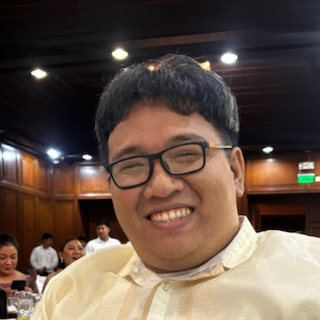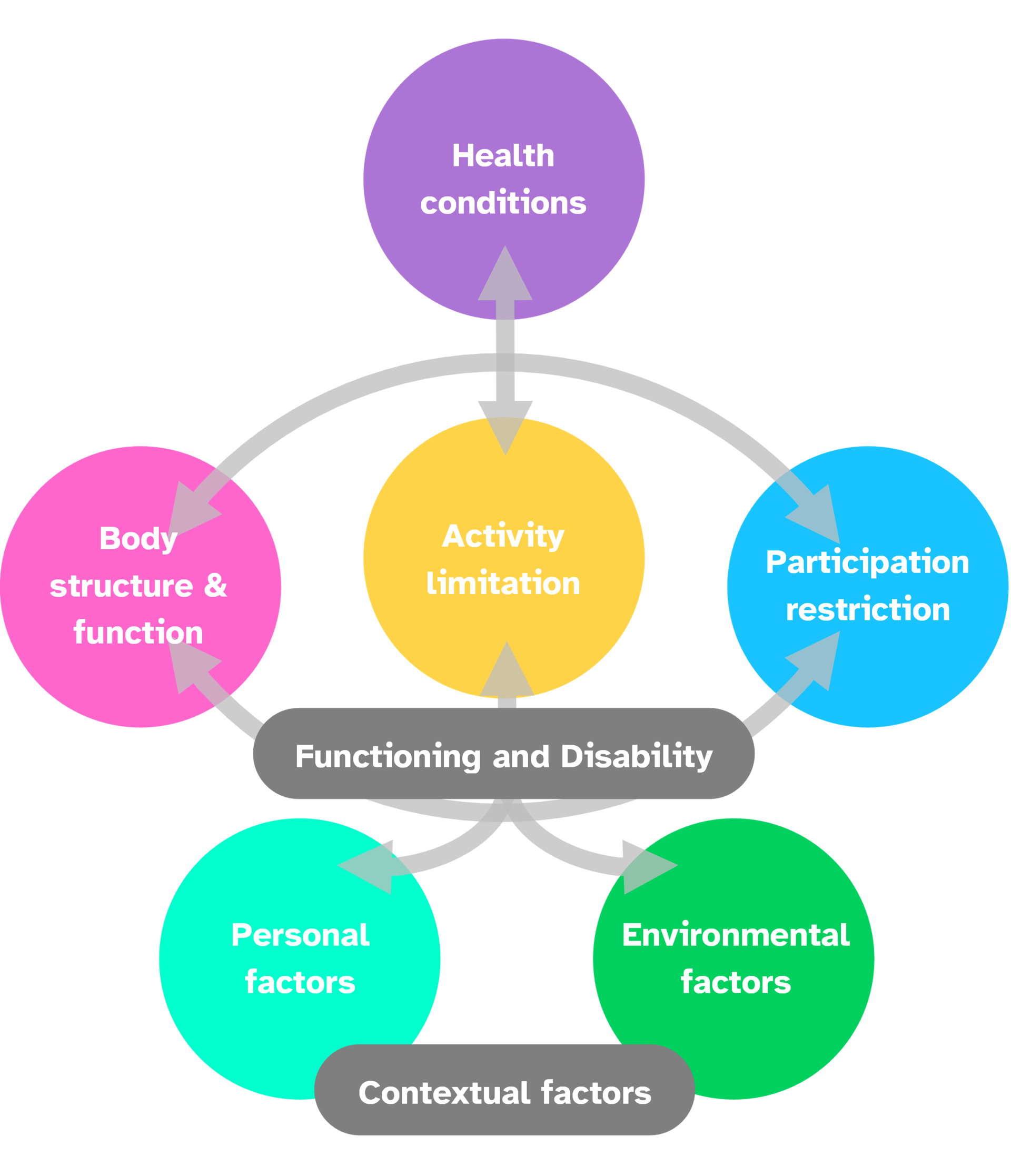
Rooted in place: Planting the seeds of environmental thinking in physiotherapy education in the Philippines
Introduction to Physical Therapy Education in the Philippines and at Northwestern University
In the Philippines, PT education is a four-year professional program followed by 1,500 internship hours and a licensure exam. While the curriculum is broad, environmental sustainability remains largely absent. Though recent updates support linking health to environmental factors, integration has been slow, leaving future PTs underprepared for climate-related challenges.
At Northwestern University (NWU), we have taken deliberate steps to address this gap. As the first Philippine university to hold a UNESCO Chair on Anticipatory Governance and Regenerative Cities, NWU is committed to quality education, environmental consciousness, and social responsibility. Our rural location in Ilocos Norte offers a unique perspective on the links between environmental change, community health, and rehabilitation—providing fertile ground for integrating EPT into PT education.
Laying the Groundwork: Integrating EPT
Our approach to EPT began by weaving environmental perspectives into core and clinical courses to help students recognize the links between environmental sustainability, health, and community well-being.
In Physiology, students examine how climate extremes affect body systems, laying a scientific foundation for understanding environmental stressors. In Kinesiology, the biomechanics of movement are explored in natural terrains, challenging students to consider the physical demands of real-world environments.
In the Introduction to Physical Therapy course, EPT is introduced as a concept as students are encouraged early on to look beyond the clinic and consider how ecological factors shape rehabilitation needs.
Beyond discipline-specific learning, Futures Thinking, a university-wide course shapes students’ awareness of global and local challenges through concepts like Indigenous Futurism and Regenerative Futures, ideas that equips them with the foresight to imagine health systems that are sustainable, inclusive, and future-ready. This perspective deepens through Organization and Administration, which promotes green practices like waste reduction and energy efficiency within clinical management.
This systems-level thinking is grounded in real-world relevance through the Community-Based Rehabilitation course. Anchored in the principles of the International Classification of Functioning, Disability and Health (ICF), the course emphasizes how environmental risks disproportionately impact marginalized populations, particularly persons with disabilities. Students are trained to develop inclusive, community-based rehabilitation strategies that incorporate environmental resilience strengthening their roles as both clinicians and advocates.

Francis Clarence C. Chua (PT)
Instructor, Northwestern University, Philippines
Francis Chua is an instructor at Northwestern University, serving as the physical therapy internship coordinator and team leader for the university’s participation in the Environmental Physical Therapy (EPT) Agenda, guiding student involvement and institutional contributions to the initiative.

The course Wellness and Health Promotion connects personal wellness with environmental sustainability and aligns itself with the Sustainable Development Goals (SDGs). Students assess how urban environments impact public health, studying the effects of pollution on chronic conditions. They promote lifestyle-related interventions such as active transport, community gardening, and eco-conscious wellness programs that reduce ecological impact while supporting public health. This dual focus equips students to advance both human and environmental well-being.
These concepts become more tangible in clinical courses as students explore how therapy can be delivered in natural environments such as beaches or parks, using nature itself as a therapeutic resource. They are also trained to assess and adapt home environments in rural areas. Students learn to assess environmental influences on disease progression and child development such as the effect poor air quality or extreme temperatures to trigger chronic illnesses or how unsafe environments and exposure to pollutants hinder motor milestones in children. These insights inform more responsive, context-sensitive care plans.

From Ideas to Impact: EPT Initiatives Beyond the Classroom
The integration of EPT at NWU extends well beyond the classroom. It is embedded in a range of initiatives that actively engage students, faculty, and the broader community. A major milestone in this journey is the recent approval of the NWU Relaxation Therapy, Urban Renewal, and Exercise (NURTURE) Hub, a purpose-built, eco-conscious wellness park designed to merge rehabilitation, physical activity, and environmental sustainability.
Complementing this infrastructure development is a key research project currently under review for funding. The study investigates climate trends in Ilocos Norte and their correlation with non-communicable diseases (NCDs), such as cardiovascular and respiratory illnesses. By integrating GIS mapping with health records, it aims to visualize how environmental changes affect disease patterns and population vulnerability.
Supporting these efforts is the department’s commitment to sustainable practices in day-to-day operations. Initiatives include recycling consumables, banning single-use plastics, utilizing solar energy, and regulating the use of high-energy appliances like air conditioners. Faculty and students are also encouraged to adopt active transport methods and enhance indoor air quality through the inclusion of indoor plants.
Driving awareness and advocacy on the student front is the Association of Physical Therapy Students (APTS). This student-led organization plays a vital role in promoting environmental consciousness through social media campaigns and community engagement. Their signature initiative, Movement is Everywhere (see video here), encourages physical activity using everyday tools and natural surroundings—emphasizing accessibility, sustainability, and inclusivity in rehabilitation.
Together, these engagements reinforce the idea that EPT is not just a theoretical concept, but a lived practice.
Learning from the journey
The integration of EPT has been met with enthusiasm and reflection from both students and faculty. Many students have expressed a newfound awareness of their role as physical therapists in advocating for sustainable health systems, not just as clinicians but as community stewards. While initially some students found the topic unclear, over time, they began to appreciate its relevance.
From a faculty perspective, the process of integrating EPT has been transformative. The culture at NWU, with its strong focus on community involvement and environmental advocacy, has made the acceptance of EPT much smoother compared to other institutions where such topics might be met with resistance.
Sustaining growth
Looking ahead, we will broaden our EPT initiatives by exploring themes such as the therapeutic integration of animals and plants into rehabilitation settings as well as possibly adapting a Futures Thinking-style course focused on sustainability. We also aim to expand our research and partnerships through interdisciplinary collaboration, linking PT with fields like public health, urban planning, and environmental science to address complex, interconnected challenges.
A key upcoming initiative is Therapy at Home, a project where students will design affordable, eco-friendly rehabilitation toolkits using recycled and locally available materials.
As climate change reshapes the landscape of health, integrating environmental thinking into PT is no longer optional—it is essential. At NWU, we are planting the seeds of a more responsive, community-rooted, and ecologically aware practice. By grounding our students in EPT, we are cultivating future professionals who not only heal the body but also help sustain the environments in which people live, move, and thrive.
References
Header image by Tatiana Savina, Vecteezy.com
AI Statement: ChatGPT was used to enhance grammar, structure, and the overall flow of the case report. All substantive content, including key points, interpretations, images (besides the header image), and conclusions, were developed by the author.

0 Comments